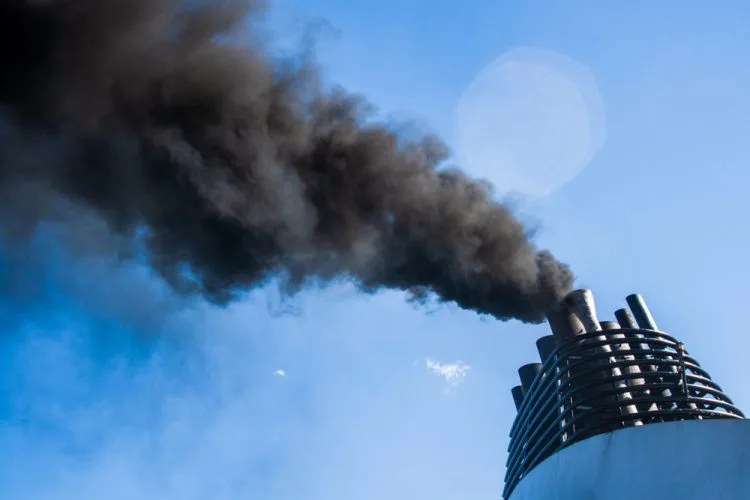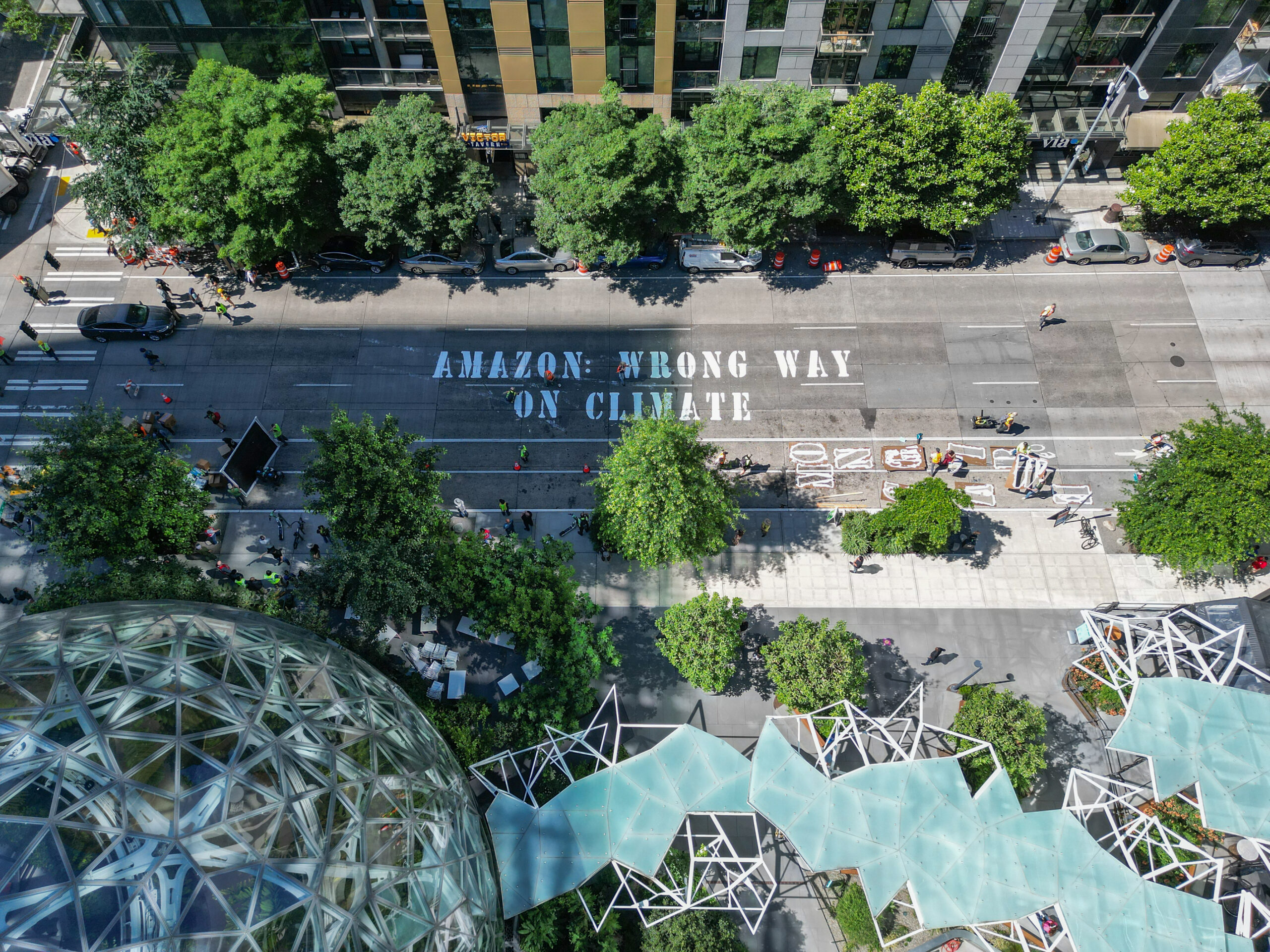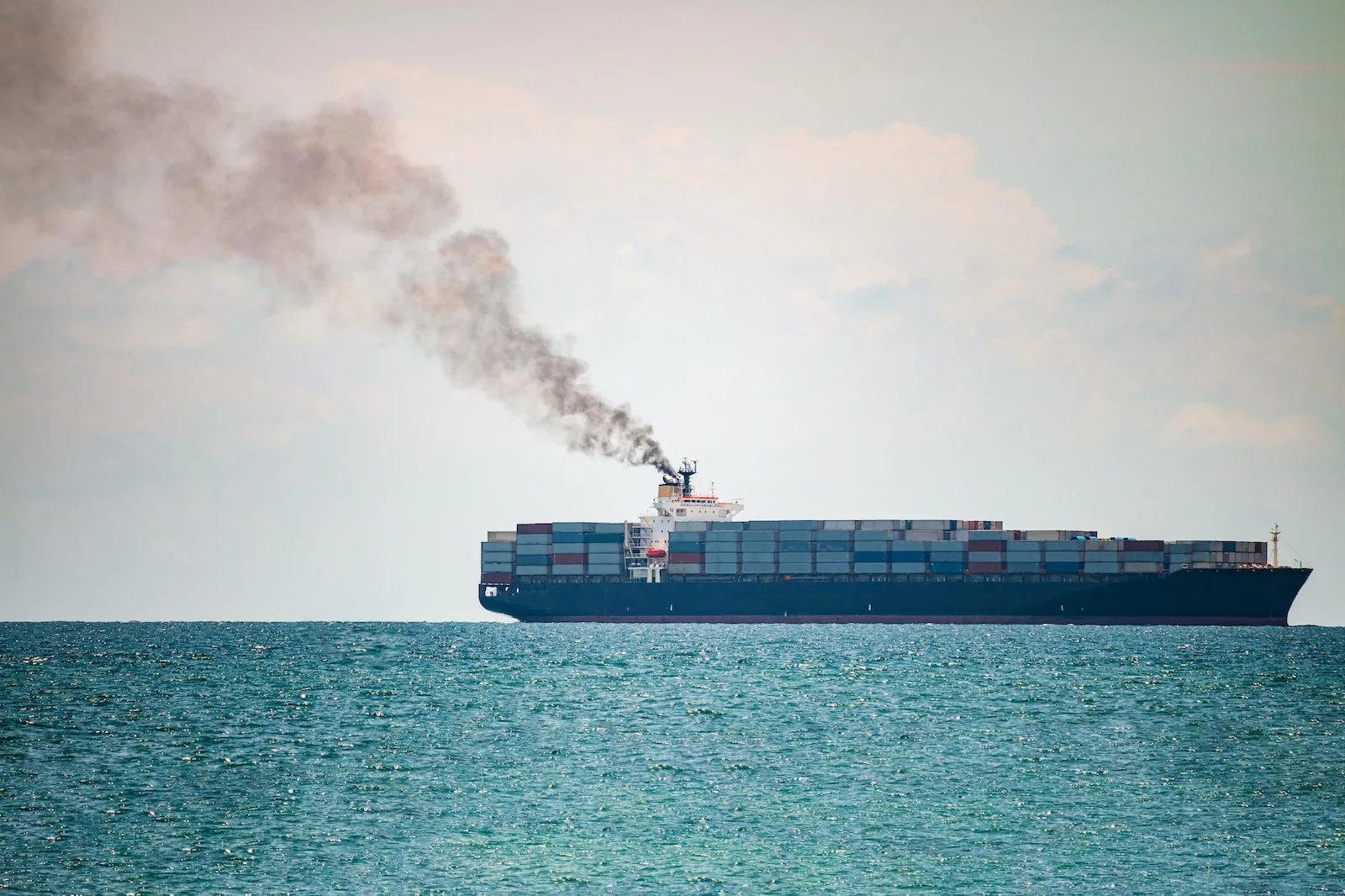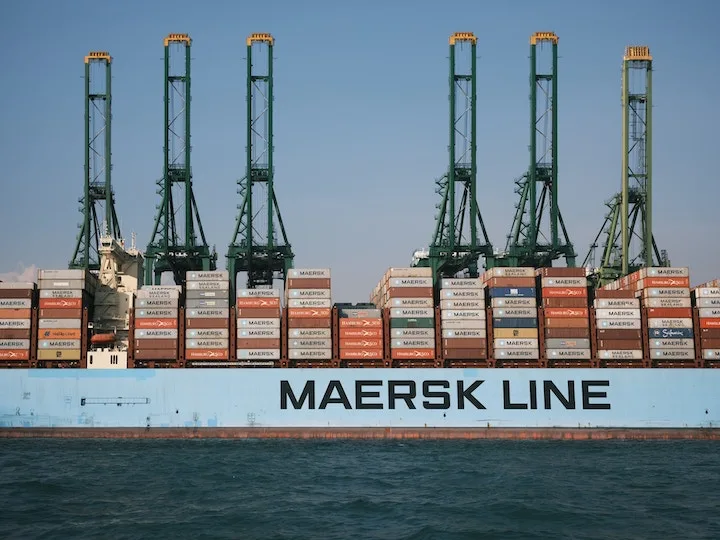


Asia is home to more than half of the world’s top ten major shipowners, based on a report released by the United Nations Conference on Trade and Development (UNCTAD) on 27 September.
China is at the forefront, being the second largest fleet owner globally after Greece, in terms of the carrying capacity of a vessel. Japan’s ships can handle almost the same weight of cargo, fuel, water, and crew as China’s, but only have half the quantity of its vessels. Taiwan has overtaken the United States for the first time this year, ramping up its fleet and dead weight tonnage (DWT).
Almost the entire maritime industry relies on the Republic of Korea, China and Japan to build their ships.
China, Singapore, and India provide the world’s biggest ports, while the Philippines and Indonesia are the top providers of seafarers and maritime officers.
“Asia is very much a hub for this industry, and it is vital that the shipping carriers and shipbuilders work together to respond to increasing demand and scale up their lower-emissions options for customers,” said Eric Leveridge, climate campaign manager of US-based nonprofit Pacific Environment.
If it was a country, the shipping industry would be the eighth biggest greenhouse gas (GHG) emitting nation. This is equivalent to almost three per cent of the world’s emissions, about the same as Germany’s.
However, shipping is not explicitly included in the Paris Agreement. The responsibility for cutting the emissions of the sector lies with the International Maritime Organisation (IMO), which is the United Nations body that regulates the safety and environmental performance of international shipping.
The IMO in July settled for an emissions target of net zero “by or around 2050”, after decades of stalled talks.
However, it did not agree on fuel standards or a shipping carbon levy, to help drive and pay for the transition.
China was a key opponent of the levy, arguing it would put a disproportionate burden on developing nations. But research by Netherlands-based consultancy CE Delft, published in the same month as the negotiations in London, shows that cutting shipping emissions by half this decade would only add some 10 per cent to the total costs of operations.
Eco-Business surveyed 10 of Asia’s biggest shipping carriers to evaluate their decarbonisation commitments. Using analysis from a study published in August by nonprofit Ship It Zero, news reports, company websites, and interviews with industry experts, we scrutinised the measures shipowners are taking to achieve their goals, in line with the IMO revised targets.
For graphics, read more here.

Recent Updates





